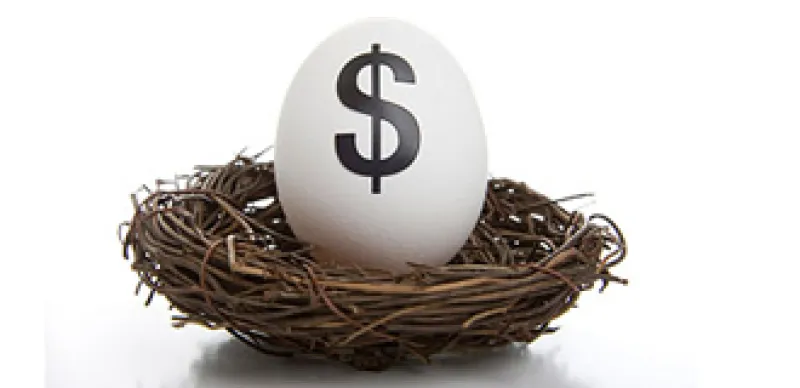Corporations that are facing a decline in their 2010 defined benefit plan funded-status appear more likely to focus this year on contributing extra cash than shifting their asset allocation and gambling on significantly higher investment returns. “If anything, we see plan sponsors relying less on trying to earn their way out of the situation,” says Kevin Armant, a principal with consultant Mercer’s Financial Strategy Group. “To get the return they would need to close the gap, they would need to put a lot at risk. They know that they have to fund.”
The asset liability mismatch is growing despite positive returns in 2010. Pension deficits at the 1,500 largest U.S. companies tracked by Standard & Poors’ jumped by $86 billion in 2010, from about $229 billion in 2009 to $315 billion, Mercer says. That translates to an 81 percent funded status, down from 84 percent in 2009.
Consultants Milliman, Inc. found in tracking 100 of the largest U.S. defined benefit plans that assets rose $50 billion for the year but liabilities grew by $99 billion. Very low interest rates hurt plans’ funded status due to the negative impact on the discount rate used in valuing plan liabilities. Even small interest rate swings make a big difference for pension plans. “You are talking about a liability stream that goes out 75 years,” Milliman Principal John Ehrhardt says. The 100 plans tracked by Milliman face about $4 billion in additional pension expense in 2011, he says, so he expects their pension contributions to increase by at least 50 percent this year.
While corporations are going to add cash to their pension funds, that hasn’t stopped some from tweaking their asset allocations to mitigate future volatility and match liabilities. The funding deterioration has drawn some employers toward a “dynamic asset allocation” investment strategy that means gradually reducing their equities allocation and volatility, and shifting more into bonds, as their plan’s funding improves, Armant says. Long corporate bonds have characteristics that mostly closely match pension liabilities, he says, but some employers may also utilize government bonds and derivatives. The latter are not used mainly for return, he says, but as a risk-management strategy that allows plans to keep some exposure to the equity market. That probably will appeal mostly to larger plans with $1 billion or more in assets, he says, since they more typically have investment committees comfortable with derivatives.
And some sponsors have moved toward equity derivatives as part of a tail-risk hedging approach, Armant says. Also, Ehrhardt anticipates pension plans allocating more to alternatives. “We see a diversification out of traditional asset classes to boost return and reduce risk, without having to totally use the old bond-matching strategy,” he says. Some sponsors likely will up their allocation to investments like managed futures, Ehrhardt says, with returns expectations in the 5 percent to 10 percent range. “A lot of it is just to diversify,” he says. Managed futures “offer positive returns, but they have their best returns when equities are negative.”
Despite growing interest in some niches such as emerging-markets equity, the equities allocation among the plans in the Milliman 100 Pension Funding Index has dropped from 60 percent three years ago to 45 percent currently. “We saw that decline at the end of ’08 and we thought it was just a market decline, and we expected a recovery as companies rebalanced,” Ehrhardt says. “It did not happen.” Of course, moving money out of equity into fixed reduces return on assets, and that can reduce earnings, he says. For a plan with $1 billion in assets, he says, “If they have a 60/40 (equity/fixed income) portfolio, the expected return might be 8 percent. If they reallocate to 40/60, the expected return might drop to 7 percent. That would result in a $10 million hit to earnings."





